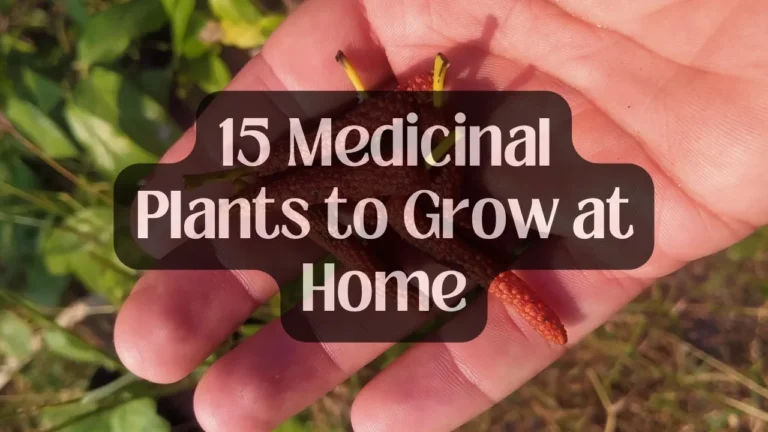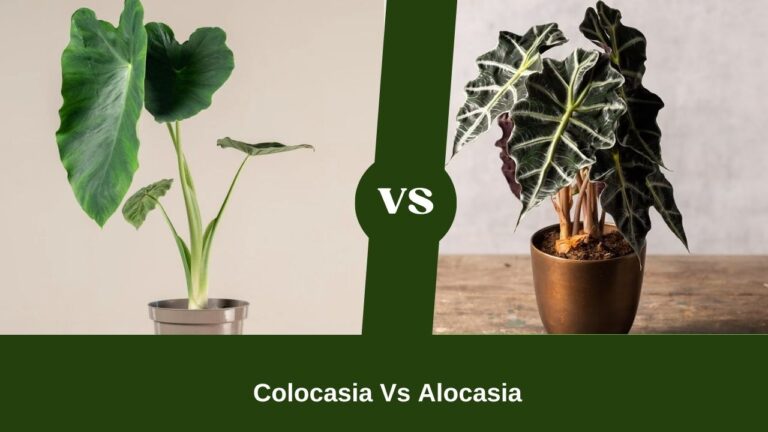10 Best Air Purifying Plants For Indoor You Can Try!!
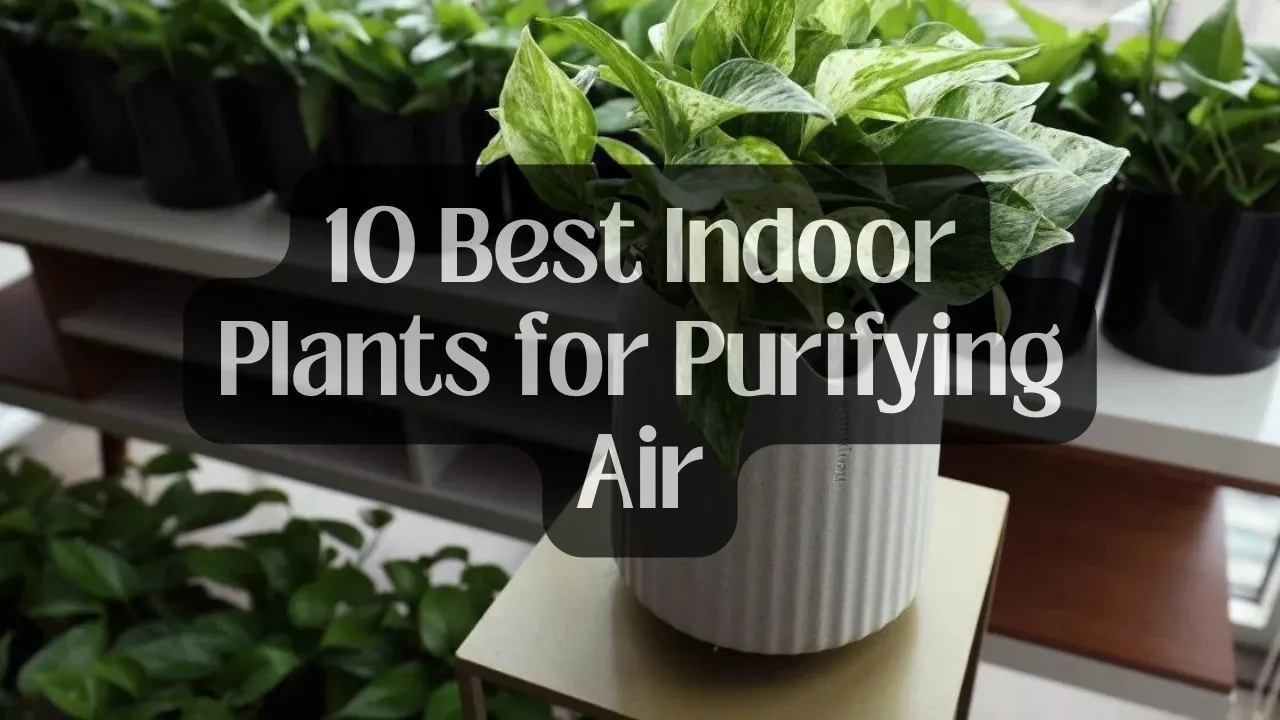
Want to breathe easier and liven up your home with plants? Indoor plants can be your secret weapon! But with so many varieties, choosing the right one can feel overwhelming. This guide unveils the top oxygen-producing indoor plants, making your home a healthier, happier haven.
I have included a list of 10 indoor plants in this article. It includes – Spider and Snake plants, Peace Lily, Aloe Vera, Boston Fern, and Chinese Evergreen plants. These plants are easy to take care of and are quite good for making your home feel better, and breathe peacefully.
Let’s check out these oxygen superstars and discover how they can improve your indoor air quality and well-being. Keep on reading!
10 Indoor Air Purifying House Plants for Low Lights
No more fluffy discussions. I’m going to talk about the 10 best indoor plants that will be great for low lights.
1. Spider Plant
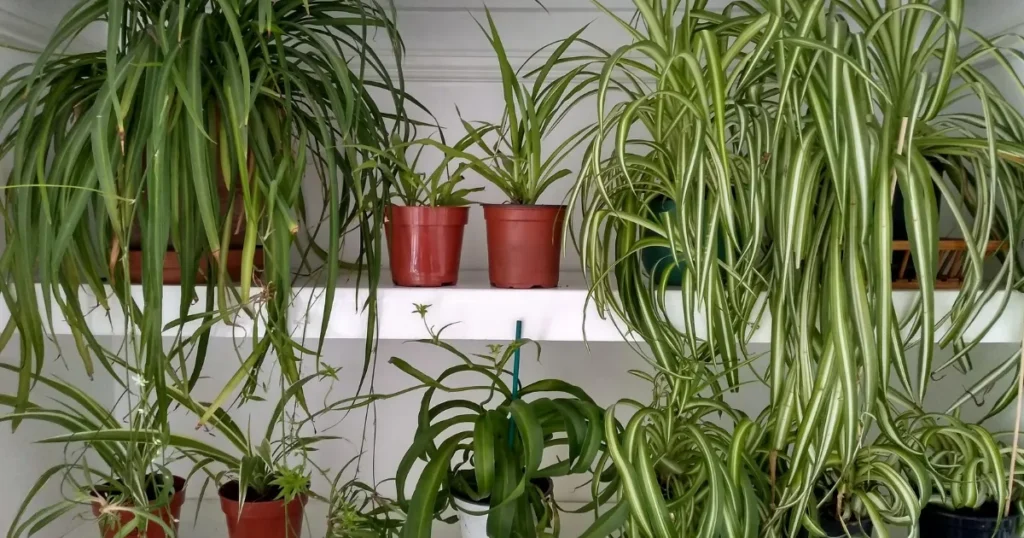
Why is the Spider Plant a good choice? Spider plants are champions in producing oxygen. They also absorb toxins like carbon monoxide and formaldehyde, purifying the air.
Benefits
- Easy to grow and care for.
- Excellent air purifiers.
- Non-toxic to pets.
Drawbacks
- Can become leggy if not pruned.
- Needs bright, indirect light.
2. Snake Plant
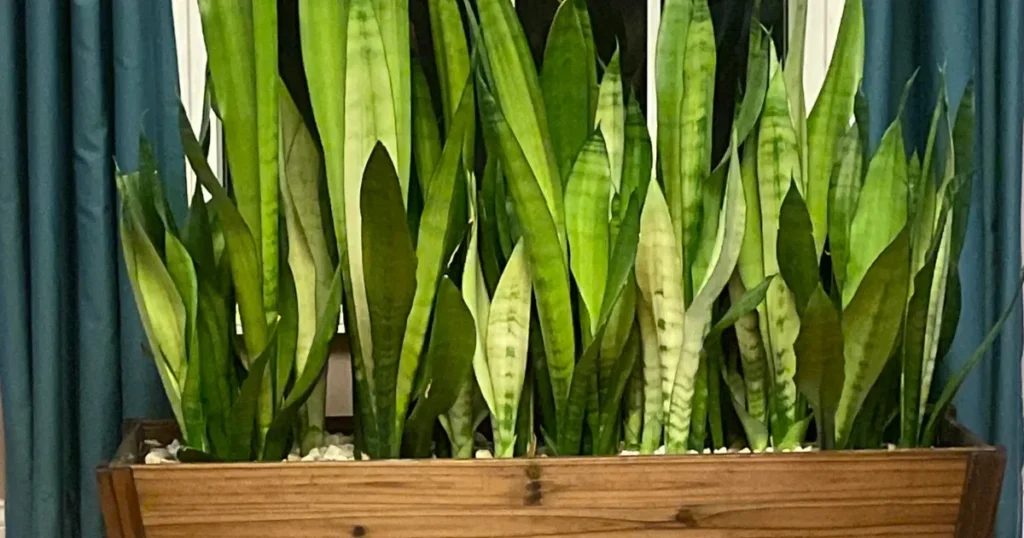
What Makes the Snake Plant Special? Also known as “Mother-in-Law’s Tongue,” the snake plant is one of the best oxygen-producing plants. It’s perfect for beginners as snake plant care is easy and low maintenance.
Benefits
- Produces oxygen even at night.
- Very low maintenance.
- Tolerates low light conditions.
Drawbacks
- Can be toxic to pets if ingested.
- Needs well-drained soil to avoid root rot.
3. Peace Lily

Why Should You Get a Peace Lily? Peace lilies are not just beautiful but also powerful air purifiers. They absorb mold spores and produce a good amount of oxygen.
Benefits
- Removes toxins like benzene and trichloroethylene.
- Blooms beautiful white flowers.
- Can thrive in low light.
Drawbacks
- Toxic to pets and humans if ingested.
- Needs regular watering.
4. Aloe Vera
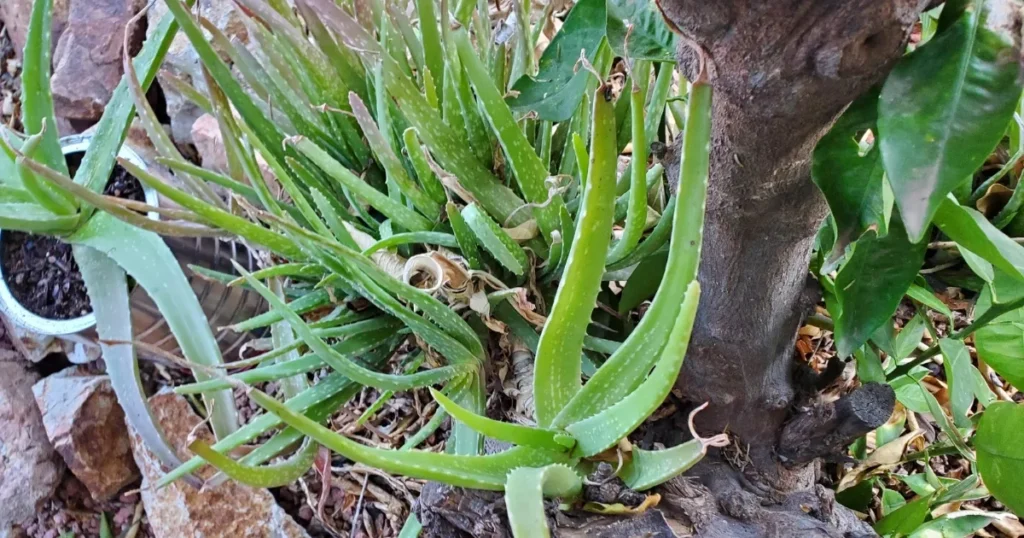
How Does Aloe Vera Help? one of the plants that have medical significance. Aloe Vera is known for its medicinal properties, but it’s also great at producing oxygen and purifying the air.
Benefits
- Produces oxygen at night.
- Removes chemicals like formaldehyde.
- Easy to care for.
Drawbacks
- Needs a lot of sunlight.
- Can be toxic to pets if ingested.
5. Boston Fern

What Makes Boston Fern a Top Pick? Boston ferns are lush and effective at increasing indoor oxygen levels. They also act as natural humidifiers.
Benefits
- Great air purifiers.
- Increases humidity, good for dry climates.
- Pet-friendly.
Drawbacks
- Needs frequent misting.
- Requires indirect light and moist soil.
6. Areca Palm
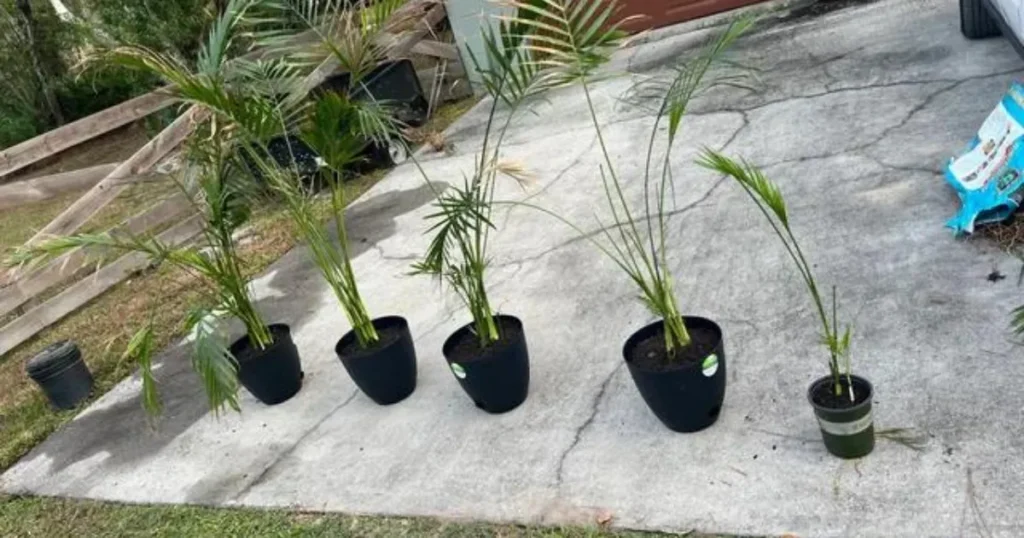
Why Choose an Areca Palm? Areca palms are stylish and efficient at oxygen production. They also remove indoor air pollutants like xylene and toluene.
Benefits
- High oxygen production.
- Removes toxins from the air.
- Adds a tropical touch to your home.
Drawbacks
- Can grow quite large.
- Needs bright, indirect light and regular watering.
7. Gerbera Daisy
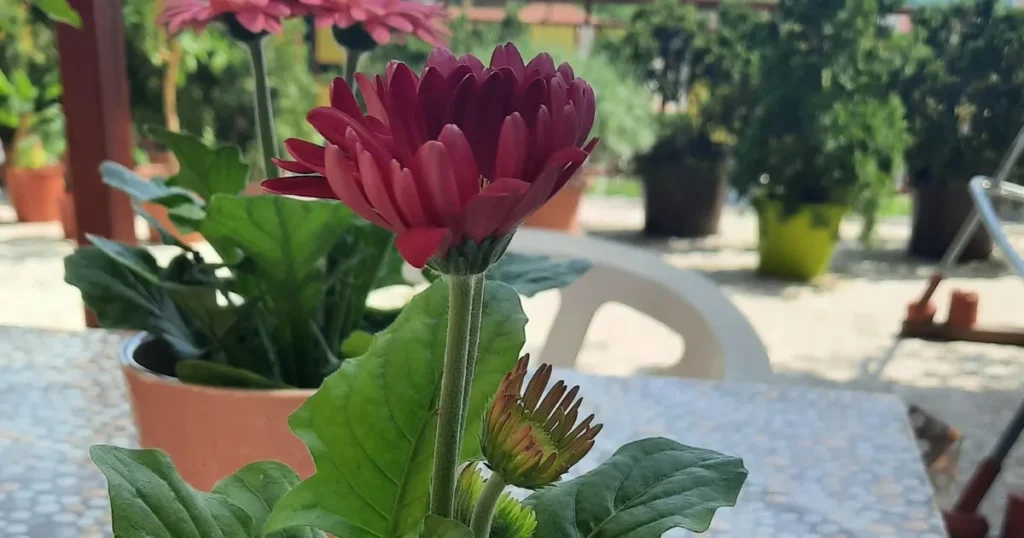
How Does the Gerbera Daisy Stand Out? Gerbera daisies are vibrant and excellent at producing oxygen. They also absorb toxins like benzene.
Benefits
- Bright, cheerful flowers.
- Effective at air purification.
- Produces oxygen even at night.
Drawbacks
- Needs a lot of sunlight.
- Can be challenging to grow indoors.
8. Chrysanthemum
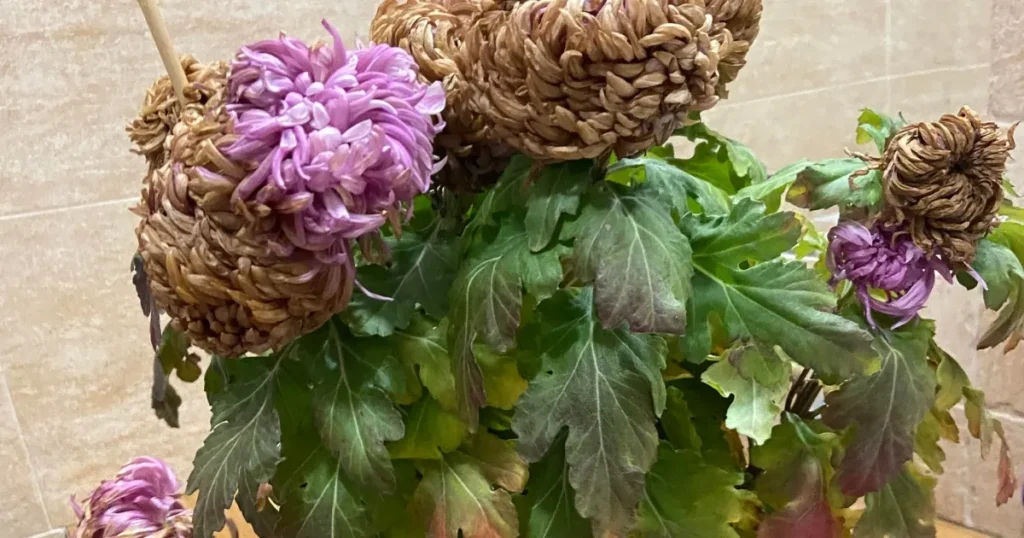
Why Are Chrysanthemums Great Indoor Plants? Chrysanthemums, or mums, are beautiful and powerful air purifiers. They are effective at removing toxins like ammonia and benzene.
Benefits
- Bright, colorful flowers.
- High air purification capabilities.
- Available in many varieties.
Drawbacks
- Needs bright light.
- Toxic to pets if ingested.
9. Rubber Plant
What Makes the Rubber Plant Special? Rubber plants are excellent for oxygen production and air purification. They are also very stylish and easy to care for.
Benefits
- Effective air purifier.
- Easy to care for.
- Adds a touch of green elegance.
Drawbacks
- Can be toxic to pets if ingested.
- Needs bright, indirect light.
10. Chinese Evergreen

Why Should You Consider a Chinese Evergreen? Chinese evergreens are great for low-light conditions and are efficient at increasing indoor oxygen levels. They also filter out toxins.
Benefits
- Low maintenance.
- Tolerates low light.
- Good air purifier.
Drawbacks
- Toxic to pets if ingested.
- Needs well-drained soil.
If you want to know more about indoor plants for oxygen, check out this video!
Final Thoughts
Indoor plants are more than just decorating. They improve air quality and boost oxygen levels, making your home healthier and more pleasant. From the easy-going spider plant to the stylish rubber plant, there’s a green friend for every home. Indoor plants not only add beauty and freshness but also help in reducing stress and enhancing mood.
Whether you’re looking to spruce up your living room, bedroom, or office, there’s a perfect plant for every space and light condition. So, why not bring a bit of nature indoors? Pick one (or a few) and start breathing easier and living healthier today!


